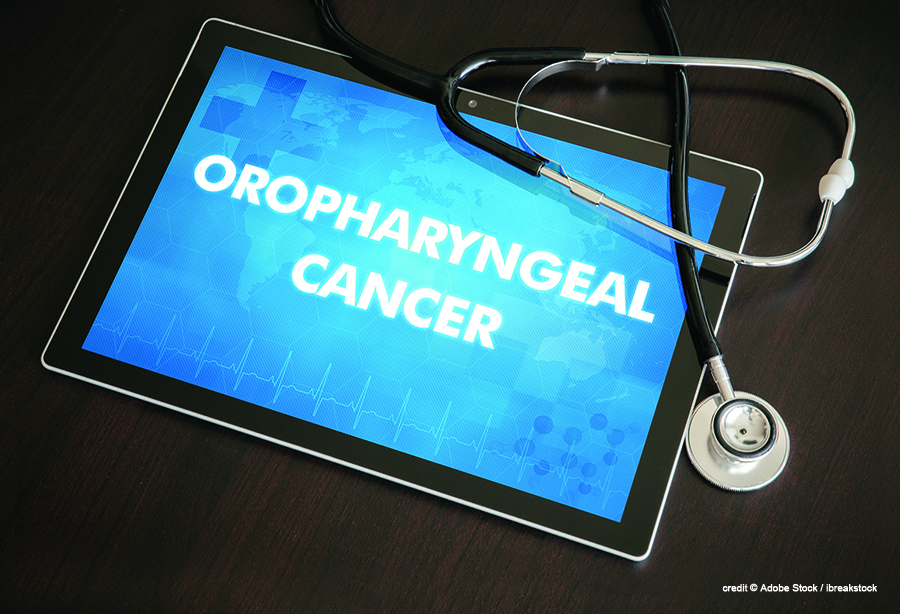 TRIO Best Practice articles are brief, structured reviews designed to provide the busy clinician with a handy outline and reference for day-to-day clinical decision making. The ENTtoday summaries below include the Background and Best Practice sections of the original article. To view the complete Laryngoscope articles free of charge, visit Laryngoscope.com.
TRIO Best Practice articles are brief, structured reviews designed to provide the busy clinician with a handy outline and reference for day-to-day clinical decision making. The ENTtoday summaries below include the Background and Best Practice sections of the original article. To view the complete Laryngoscope articles free of charge, visit Laryngoscope.com.
Explore This Issue
July 2024BACKGROUND
Human papillomavirus (HPV) is implicated in up to 25% of head and neck squamous cell carcinomas (HNSCCs) and is particularly prevalent in those arising from the oropharynx (Br J Cancer. 2014;110:1587-1594). HPV-associated oropharyngeal squamous cell carcinoma (OPSCC) is a distinct subset of HNSCC with a different clinical presentation, disease course, and response to treatment (Oral Oncol. 2016;54:15-27).
 The molecular mechanism of HPV-associated HNSCC is tied to the p16 tumor suppressor gene. In the presence of transcriptionally active HPV, the oncoprotein E7 contributes to the overexpression of p16, which in turn promotes aberrant cell proliferation (Br J Cancer. 2014;110:1587-1594. Oral Oncol. 2016;54:15-27). The role of p16 in the development of HPV-associated cancers is important given that these tumors are associated with favorable clinical outcomes (Oral Oncol. 2016;54:15-27). Initial attempts to identify patients with HPV-positive OPSCC relied on HPV, DNA, and RNA testing. Because of the high costs and challenges that come with the associated implementation, institutions have turned to the more cost-effective testing of p16 as a biomarker for HPV-positive HNSCC.
The molecular mechanism of HPV-associated HNSCC is tied to the p16 tumor suppressor gene. In the presence of transcriptionally active HPV, the oncoprotein E7 contributes to the overexpression of p16, which in turn promotes aberrant cell proliferation (Br J Cancer. 2014;110:1587-1594. Oral Oncol. 2016;54:15-27). The role of p16 in the development of HPV-associated cancers is important given that these tumors are associated with favorable clinical outcomes (Oral Oncol. 2016;54:15-27). Initial attempts to identify patients with HPV-positive OPSCC relied on HPV, DNA, and RNA testing. Because of the high costs and challenges that come with the associated implementation, institutions have turned to the more cost-effective testing of p16 as a biomarker for HPV-positive HNSCC.
Because of its favorable performance as a surrogate biomarker, p16 immunohistochemistry (IHC) was chosen as the preferred assay in the AJCC eighth edition of TNM staging guidelines (Arch Pathol Lab Med. 2017;142:559-597). HPV-associated OPSCC is defined based on p16 overexpression without other HPV biomarker confirmation. While p16 testing is recommended for all OPSCC, debate continues about using it as a surrogate marker for HPV-associated disease. The objective of this study is to review existing literature and determine whether p16 can be reliably used as a surrogate marker for HPV-related HNSCC.
BEST PRACTICE
The use of p16 as a surrogate marker for HPV has gained traction. The AJCC eighth edition guidelines and American College of Physicians (ACP) guidelines recommend the use of p16 staining as a diagnostic marker of HPV-associated OPSCC. Based on currently available evidence, p16 immunostaining with positivity defined as >70% of tumor cells can be reliably used as a surrogate biomarker for HPV-associated OPSCC. In subsites outside of the oropharynx, HPV-specific DNA or RNA polymerase chain reaction (PCR) should be considered, given higher rates of discordance with p16 testing alone.